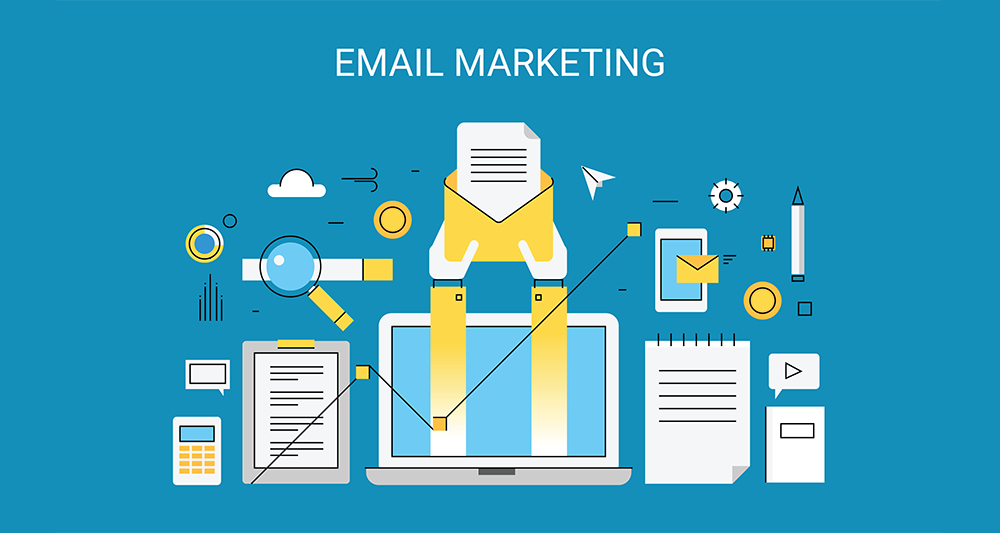Every month, more than 1.4 million emails are sent in the U.S. alone — making email one of the most powerful tools in a marketer’s arsenal.
But here’s the thing: simply hitting “send” isn’t enough.
If you want your email marketing strategy to truly drive conversions and business growth, you need to measure what matters. Tracking and analyzing your emails helps you understand your audience, improve performance, and make smarter marketing decisions.
Let’s dive into the eight key email marketing metrics you should be tracking — and how each one can impact your bottom line.
1. Subscriber List Growth
What it tells you: How many new people are joining your email list over time.
A growing email list means your brand is attracting interest. But if your list is shrinking or stagnant, it’s time to rethink your lead capture strategy. Remember — email lists naturally decay (people unsubscribe, change jobs, or abandon old addresses). That’s why consistent list growth is essential for long-term success.
Tip: Offer valuable incentives like downloadable guides, discounts, or exclusive content to encourage sign-ups.
2. Open Rate
What it tells you: The percentage of recipients who opened your email.
Open rate is your first sign of engagement — and it often depends on your subject line. If fewer people are opening your emails, they might not even be seeing your message, let alone clicking on anything.
Formula:(Opened Emails ÷ Delivered Emails) × 100
Industry benchmark: Most industries see open rates between 20–40%.
Improve your open rate by testing:
- Subject line length and tone
- Emojis vs. no emojis
- Capitalization styles (Sentence case vs. Title Case)
3. Open Time & Day
What it tells you: When your subscribers are most likely to open your emails.
Maybe you’re sending emails at noon on Mondays, but your audience opens them Tuesday mornings instead. This metric helps you time your sends for peak engagement — which can directly improve open and click rates.
What to do: Use your data to test different send times. Even a small shift can yield better results.
4. Click-Through Rate (CTR)
What it tells you: How many people clicked a link within your email.
Your CTR reflects how compelling your content, call-to-actions (CTAs), and offers really are. High open rates are great — but if no one clicks, your emails aren’t converting.
Formula:(Total Clicks ÷ Delivered Emails) × 100
To improve CTR:
- Use clear, actionable CTAs (“Shop Now”, “Download the Guide”)
- Keep content skimmable and links visible
- Include eye-catching buttons and compelling offers
Would you like me to continue rewriting the rest of the article in this improved tone and structure? Let me know if you prefer a specific style (casual, corporate, friendly, expert-led, etc.) or any changes in formatting preferences (bullets, quotes, examples).




